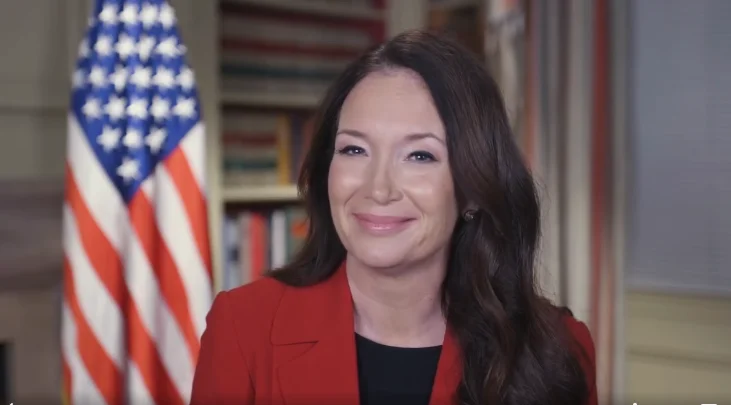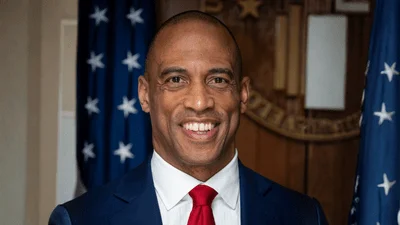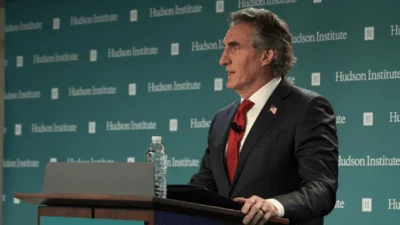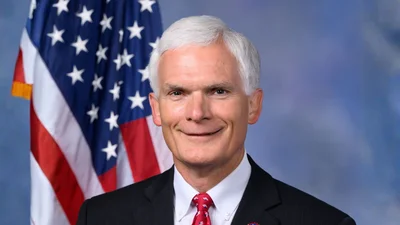U.S. Secretary of Agriculture Brooke L. Rollins has announced a reorganization of the U.S. Department of Agriculture (USDA) aimed at refocusing its core operations to better support American agriculture. This move comes after a period during which USDA's workforce expanded by 8% and salaries increased by 14.5%, without a corresponding rise in service to its core constituencies.
Secretary Rollins highlighted that USDA's presence in the National Capital Region (NCR) is underutilized, citing overspending and mismanagement as significant issues. "President Trump has made it clear government needs to be scrutinized," Rollins said, emphasizing the need for change within the department.
The reorganization will not disrupt critical functions, particularly during fire season, where hiring goals have been exceeded. Earlier this year, Rollins exempted National Security and Public Safety positions from a federal hiring freeze, ensuring these roles remain intact.
Rollins emphasized the importance of serving American farmers and producers: "American agriculture feeds, clothes, and fuels this nation and the world." The reorganization aims to relocate key services outside Washington D.C., bringing them closer to those they serve while reducing costs.
The plan involves four main pillars: aligning workforce size with financial resources, bringing USDA closer to customers, eliminating bureaucracy, and consolidating redundant functions. A phased relocation plan will move many headquarters staff from Washington D.C. to five hub locations across the country: Raleigh, Kansas City, Indianapolis, Fort Collins, and Salt Lake City.
Currently housing about 4,600 employees in NCR—a region with high living costs—the department plans to reduce this number significantly. By vacating several buildings with costly deferred maintenance issues, USDA aims to optimize space usage.
This reorganization marks only the first phase of a multi-month process aimed at making USDA more efficient and sustainable. The department has already seen reductions through voluntary retirements and other programs.
Information from this article can be found here.





